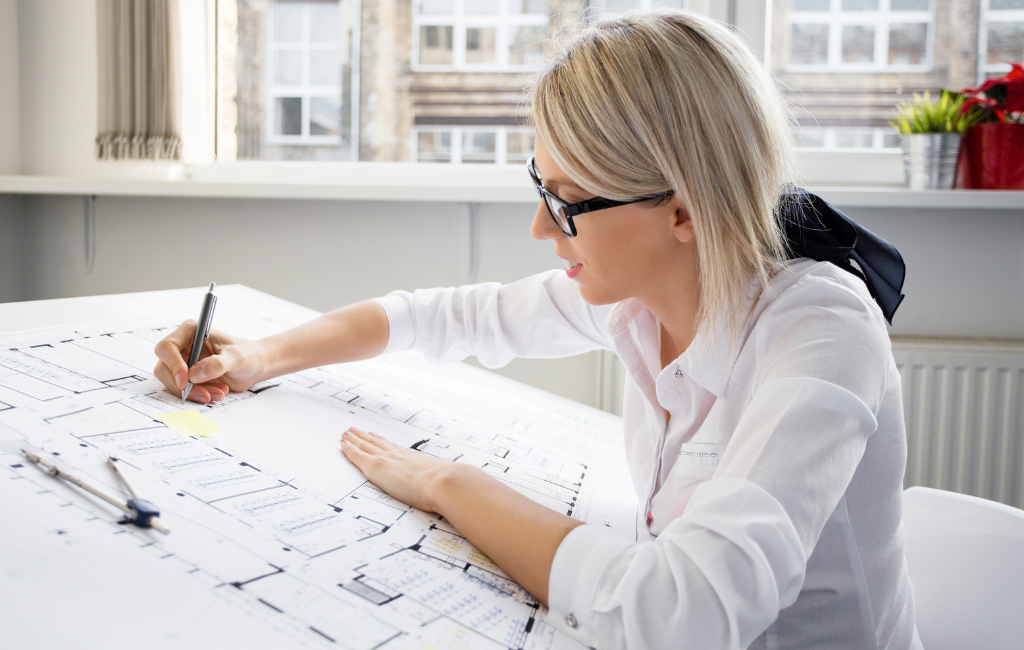Architect Brilliance: Tips for Crafting Inspiring Living Spaces
Creating living spaces that inspire and comfort is an art form that combines functionality with aesthetics. Architects and designers strive to craft environments that not only meet the practical needs of inhabitants but also elevate their daily experiences. This article explores various strategies and insights for designing living spaces that resonate with beauty and purpose.
Understanding the Needs of the Inhabitants
Before diving into design specifics, it’s imperative to understand the needs and preferences of those who will occupy the space. This involves considering lifestyle, habits, and personal tastes. Engaging with clients through detailed consultations can provide valuable insights that guide the design process.
Case Study: The Modern Family Home
A recent project involved designing a home for a family of four. The parents desired a space that allowed for both communal activities and private retreats. The children needed areas for study and play. By understanding these requirements, the design incorporated open-plan living areas alongside secluded nooks, creating a harmonious balance.
Maximizing Natural Light
Natural light plays a significant role in enhancing the ambiance of a living space. It not only reduces the need for artificial lighting but also positively impacts mood and well-being. Strategic placement of windows, skylights, and glass doors can flood interiors with sunlight, creating a warm and inviting atmosphere.
Example: Scandinavian Design Principles
Scandinavian design often emphasizes the use of natural light. Homes are designed with large windows and minimalistic interiors to allow light to flow freely. This approach not only brightens the space but also creates a sense of openness and tranquility.
Incorporating Sustainable Materials
Sustainability is a growing concern in architecture. Using eco-friendly materials not only benefits the environment but also adds a unique character to the living space. Reclaimed wood, bamboo, and recycled metal are just a few examples of materials that can be both sustainable and aesthetically pleasing.
Statistics on Sustainable Design
According to a report by the World Green Building Council, buildings that incorporate sustainable materials can reduce energy consumption by up to 30%. This not only lowers utility bills but also contributes to a healthier planet.
Creating Functional Layouts
A well-thought-out layout is the backbone of any successful living space. It involves organizing furniture and fixtures in a way that maximizes usability and flow. Open-plan designs are popular for their ability to create a sense of spaciousness, while segmented layouts can offer more privacy and defined areas.
Example: The Open-Plan Kitchen
In many modern homes, the kitchen has evolved into a central hub for socializing and entertaining. An open-plan kitchen that seamlessly connects to the living and dining areas can facilitate interaction and make the space feel larger.
Personalizing with Unique Elements
Personal touches can transform a generic space into a unique sanctuary. This can be achieved through artwork, custom furniture, or even DIY projects. These elements reflect the personality and tastes of the inhabitants, making the space truly their own.
Example: Custom Murals
In one project, a custom mural was commissioned for the living room wall. This not only added a striking visual element but also told a story that was meaningful to the homeowners. Such personalized features can make a significant impact.
Balancing Aesthetics and Functionality
While aesthetics are important, functionality should never be compromised. A beautiful space that doesn’t meet practical needs will ultimately fail to satisfy its inhabitants. Striking a balance between form and function is key to creating a successful living environment.
Example: Multi-Functional Furniture
Multi-functional furniture, such as sofa beds or extendable dining tables, can be both stylish and practical. These pieces save space and add versatility, making them ideal for smaller homes or apartments.
Embracing Technology
Technology can enhance the comfort and convenience of a living space. Smart home systems, energy-efficient appliances, and advanced security features are just a few ways technology can be integrated into modern design.
Statistics on Smart Homes
A study by Statista found that the global smart home market is expected to reach $53.45 billion by 2022. This growth reflects the increasing demand for technology that simplifies and enhances daily living.
Conclusion
Crafting inspiring living spaces requires a thoughtful blend of understanding inhabitants’ needs, maximizing natural light, incorporating sustainable materials, creating functional layouts, personalizing with unique elements, balancing aesthetics and functionality, and embracing technology. By integrating these strategies, architects and designers can create environments that not only meet practical needs but also inspire and uplift those who inhabit them.
